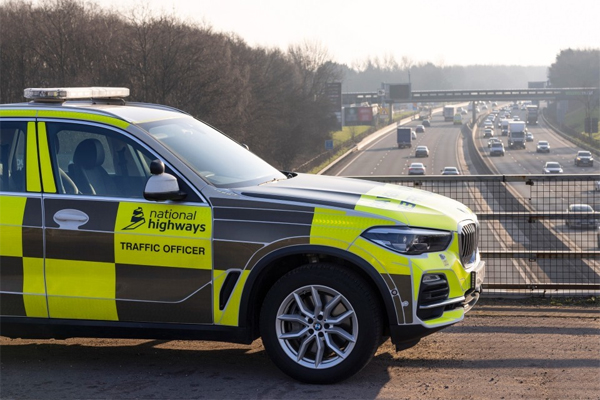Behind the scenes arrangements between National Highways and its official monitor, as well as a hurried timescale, meant failing stopped vehicle detection (SVD) schemes were passed into continual service on smart motorways in contravention of usual testing procedures, Highways can reveal.
As Highways has reported, although five of 21 stopped vehicle detection (SVD) schemes tested last year fell below the target of detecting 80% of stopped vehicles, with one achieving just 67%, an Office of Rail and Road (ORR) report in December cited a national average detection rate of 89% for the technology.
Highways has now obtained a document that reveals that the methodology used was expressly designed ‘to confirm the performance of each scheme’.

The ORR has said it aggregated data to a national level because sample sizes from individual schemes were too small but also conceded that neither it nor National Highways set a required sample size before testing began last year.
The tests followed a software upgrade and a new testing methodology that removed 85% of the data. This means the decision to aggregate the data was taken after several schemes failed to hit the target detection rate.
National Highways said in response to a Freedom of Information (FOI) request that all 21 new SVD schemes ‘completed operational acceptance testing’ and that aggregated data allowed them all to pass into ‘continual service’ – effectively business as usual (BaU). It would not confirm how many had actually passed operational acceptance testing, as the FOI asked.
The methodology document also states that annual testing would ‘commence as a BaU function following the completion of assurance that schemes have met their performance expectations’.The decision to put schemes that did not meet performance requirements into this BaU status with annual testing goes directly against this stipulation.
In giving failing schemes the green light to pass into BaU on the basis of aggregated data, the company also bypassed its existing procedures. These require schemes that are failing to meet core requirements – which also covers time to detect events and false alert rates – to undergo ‘a cycle of root cause analysis, implementing improvements and re-testing’ until they meet them.
Highways has been told by those involved in the testing process that ORR and National Highways agreed to use aggregated data rather than carrying out more tests to expand the sample size due to a lack of resources and timing pressures around the release of the December report.
A spokesperson for National Highways said: ‘The business as usual term has led to some confusion. We wanted to ensure sections covered by SVD technology were operating optimally and therefore committed to deliver the improvement programme before saying we’d reached a performance level we were satisfied with.
‘While work was being carried out to improve performance it made sense to keep using the technology as it was still helping to keep the road safer than before it was put in place. This process, with additional focus on improving performance, was monitored by the ORR. As part of the improvement works we delivered in 2023, significant improvements in performance were achieved.’
SVD is a radar-based system designed to notify National Highways operators that vehicles have stopped on motorways without a hard shoulder, allowing them to set warning signs and close lanes.
Alan Hames, an experienced traffic engineer, has said that, because its effectiveness is subject to the geographical and topographical features of individual sites, ‘all locations should only reach business as usual on an individual basis, site by site’.
The ‘ground truthing’ testing involved viewing 24 hours of recorded CCTV from each of 15 cameras on each scheme and comparing stopped vehicle events to alerts generated by SVD.




